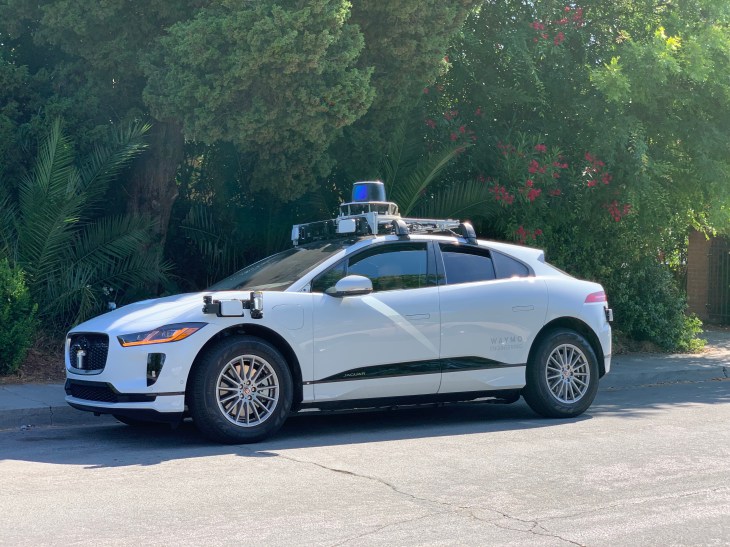electronblue
Active Member
Yes and that goes along with my point: people only see Waymo driving around in a small 80 square mile area so they may think that is all the cars are capable of. And removing the safety driver permanently would be a big deal but I think some people might ask the question: was Waymo able to remove the safety driver only because the cars repeated so many drives in that same small 80 square mile area that they got really good on those drives or because the cars are really good enough that they don't need safety drivers anywhere?
But looking at one location only (where they sell a service) would be silly given that Waymo operates test fleets in a dozen locations and publishes tons of mileage data from this. Personally I’m confident, if they wanted to, Waymo could autonomously drive within the entire U.S. with superior results to what Tesla can do today. Not perfect perhaps but superior to what Tesla can do today.
The more interesting question of course is the trajectory of things. As Waymo’s system matures and Tesla builds their own, where will these trajectories head and meet at. Tesla has some benefits we’ve discussed but equally Waymo and others have other benefits — and I think it is pretty well established the competition of Tesla has the lead so far.



